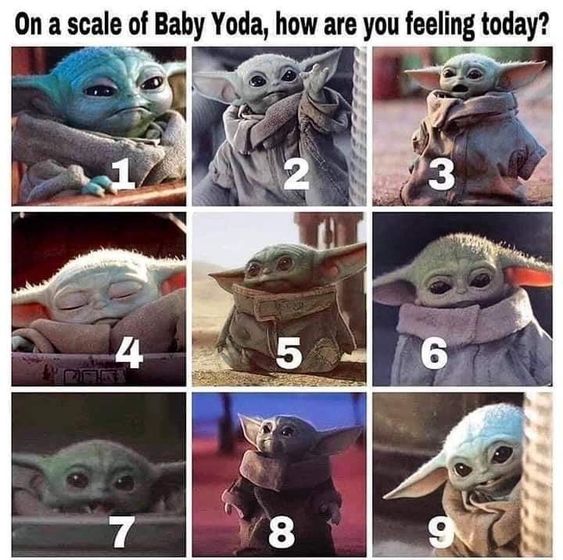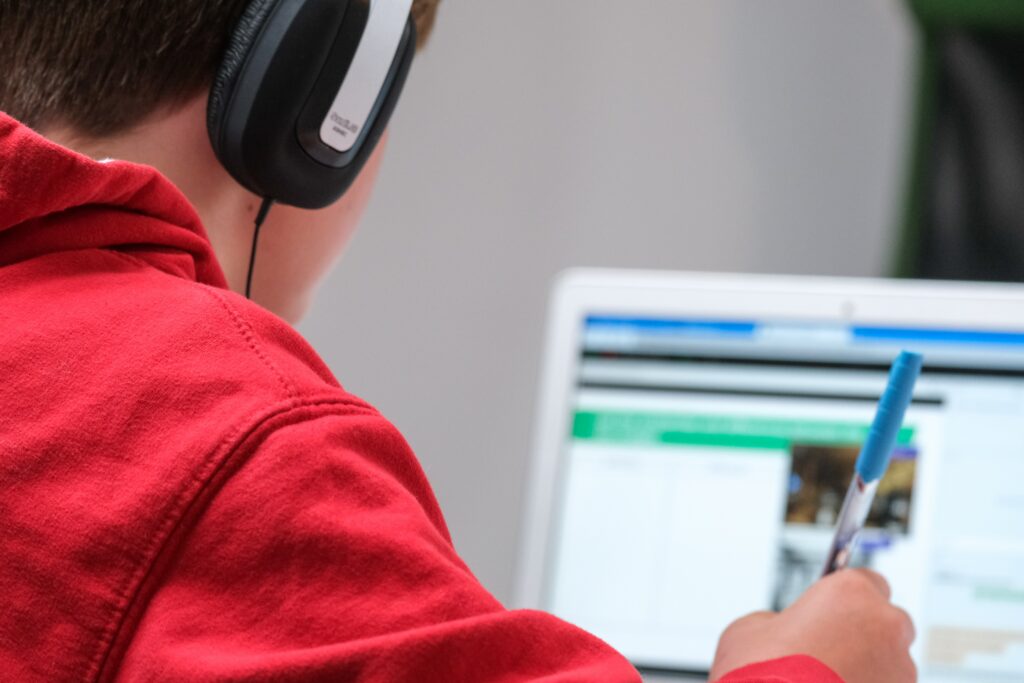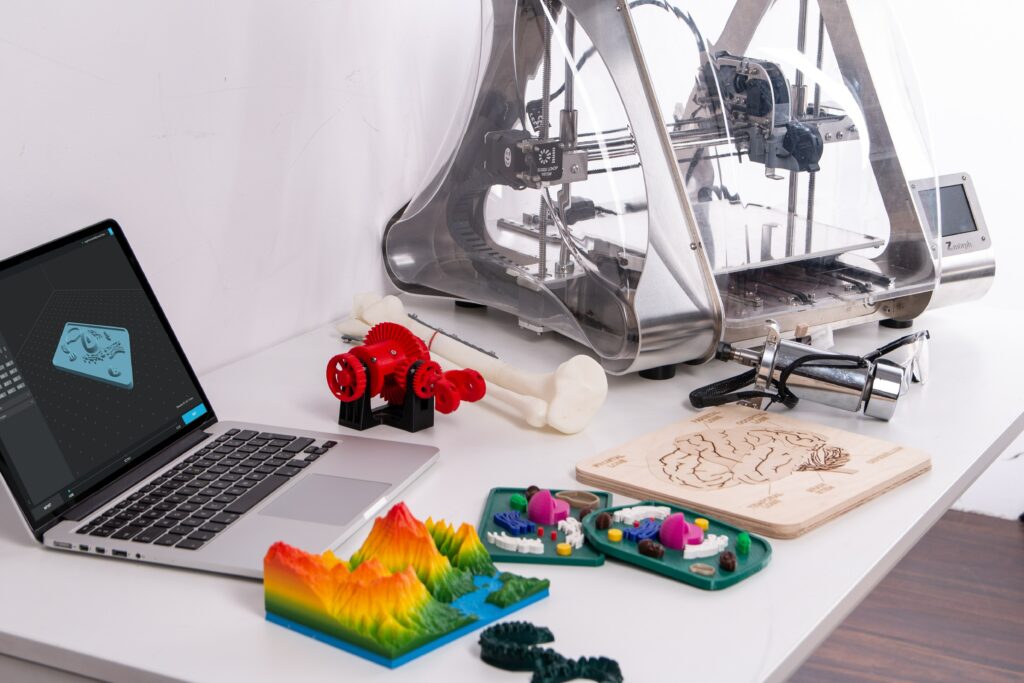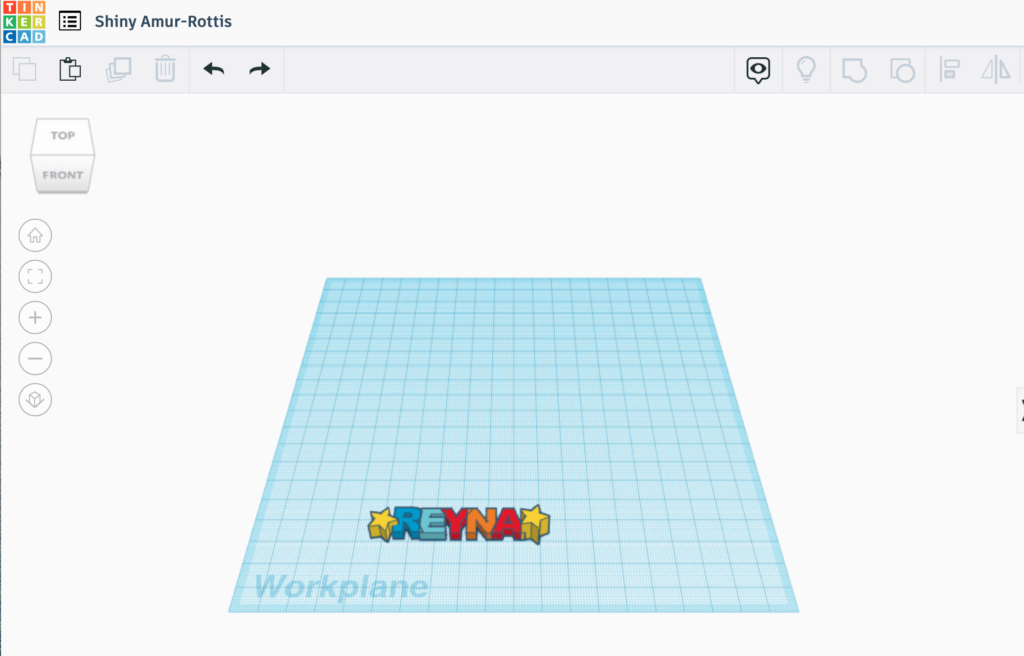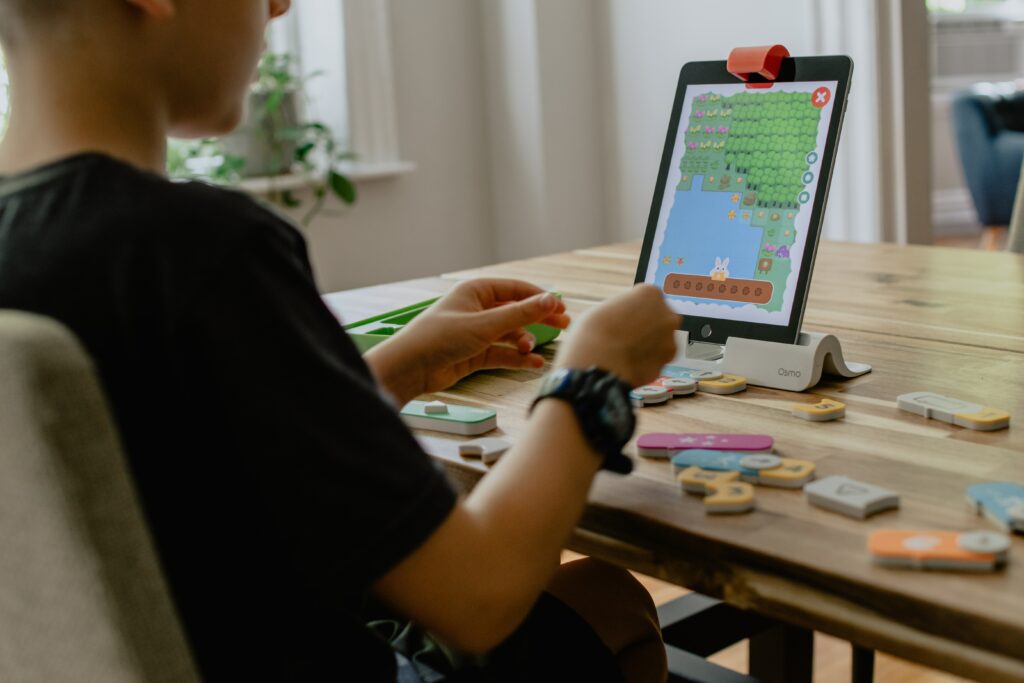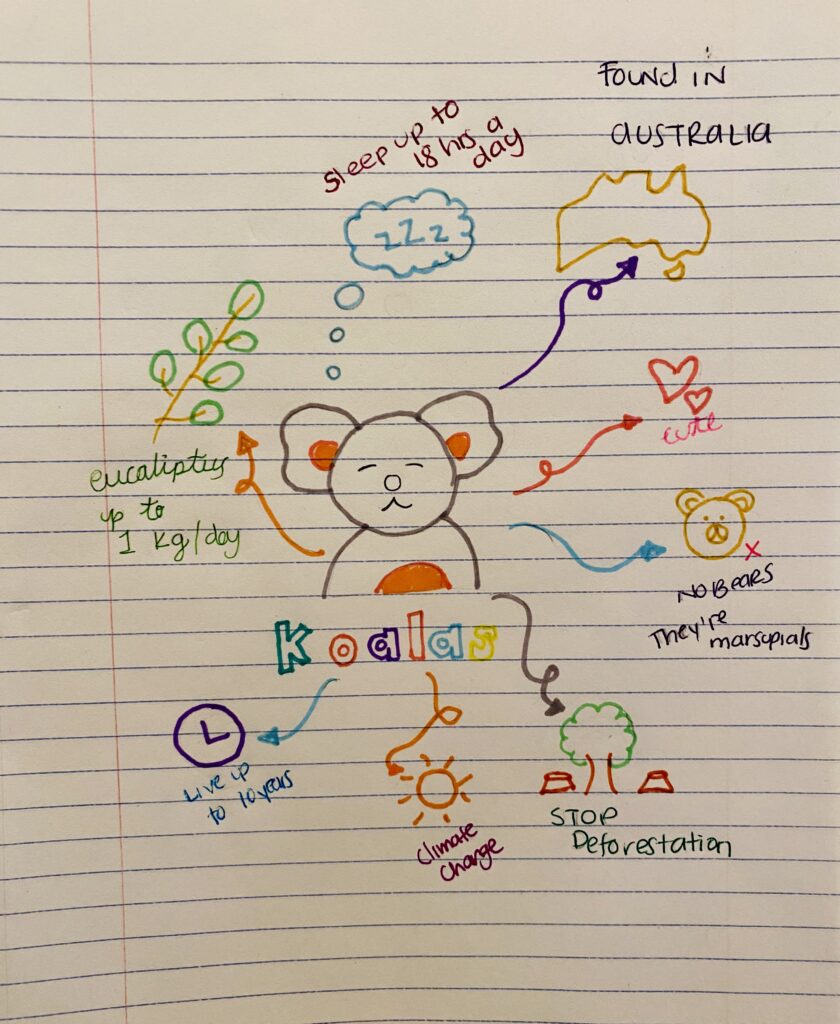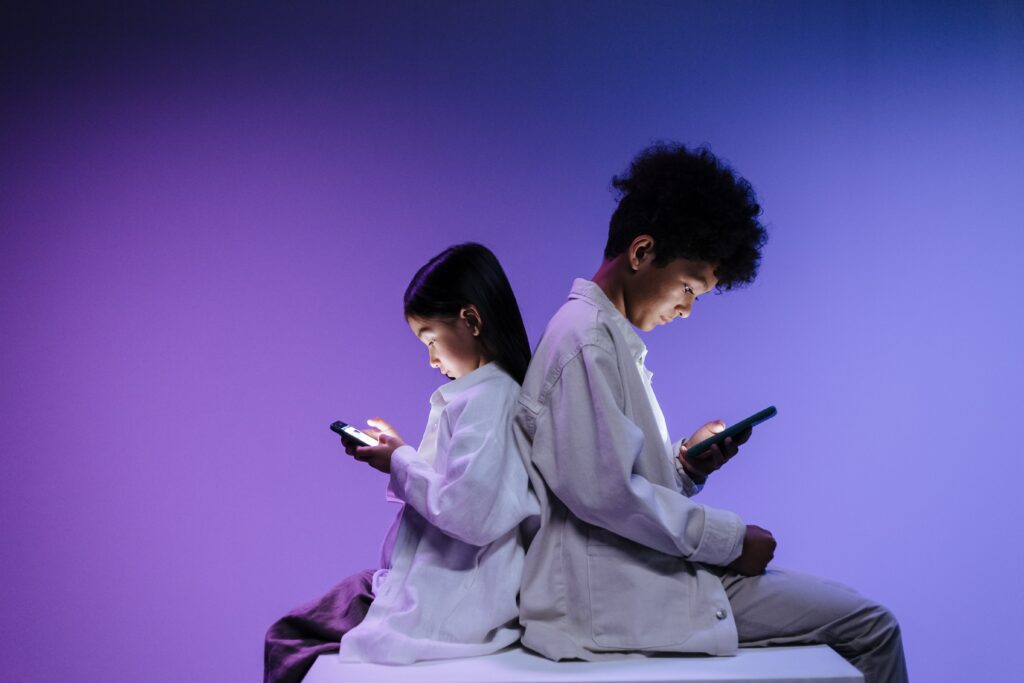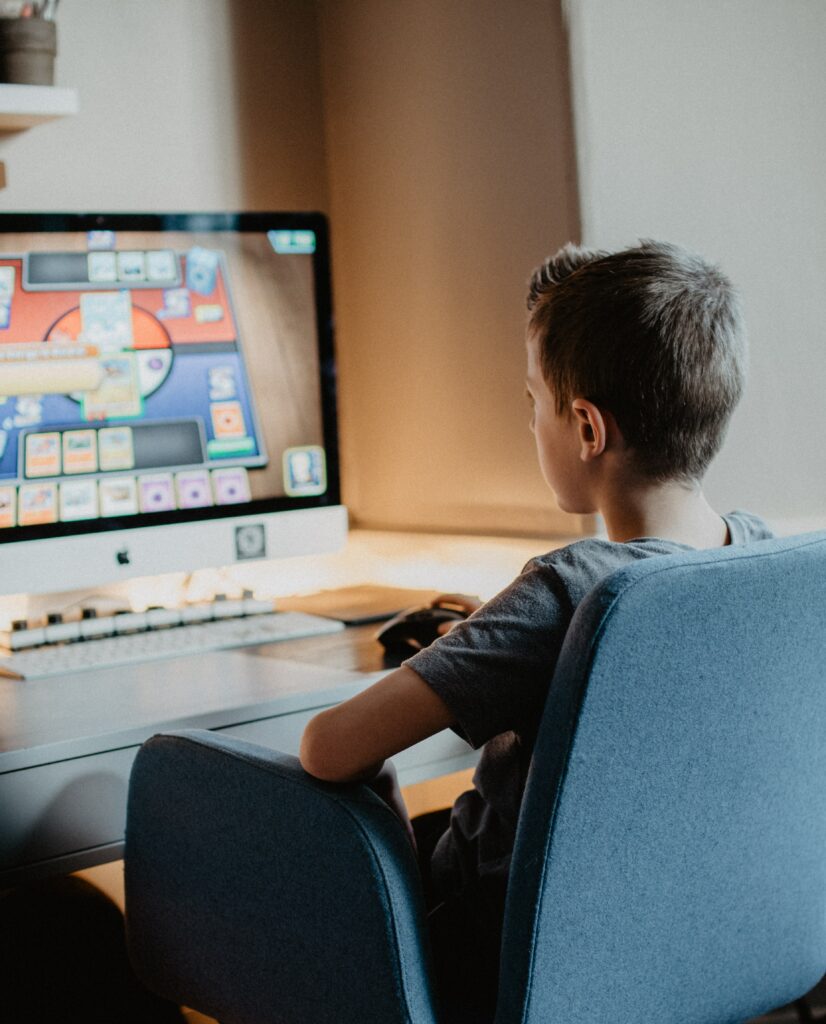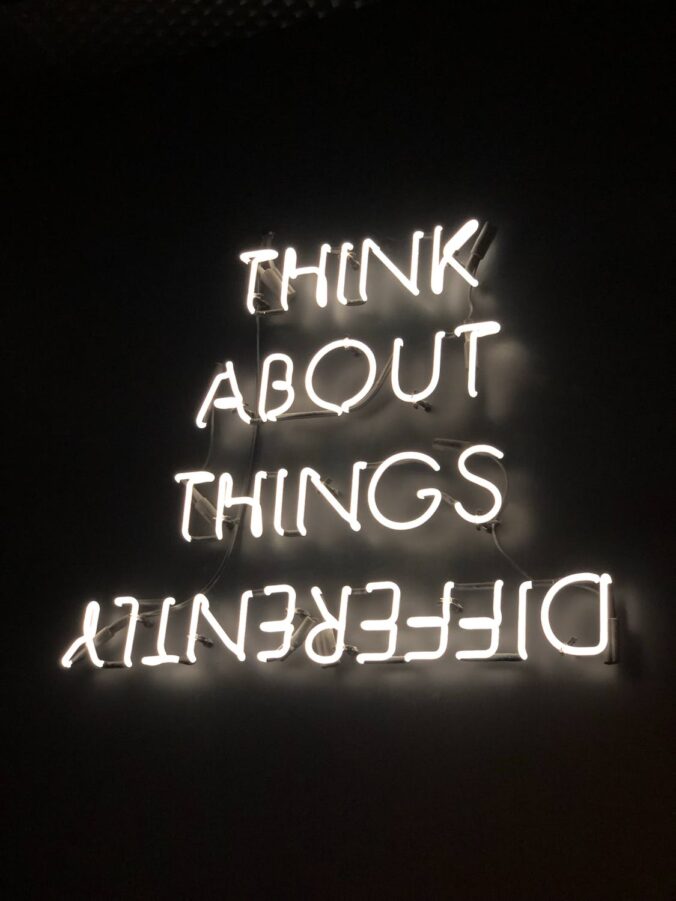This week we had a guest speaker, Joanna Lake. She is a local middle school teacher. I liked her presentation. It was nice to see some of her students’ work and how technology is used in a real classroom. Joanna is an inspiring teacher. She seems to me like that kind of teacher that you see on social media. The one that always has nice projects and engaging lessons for the students. I liked the mood scales she uses from Tara Wood.
Joanna showed us videos from her students’ work which were so funny. So far, I have been intimidated to teach middle school, but her videos made me think that maybe it is fun to teach middle school.
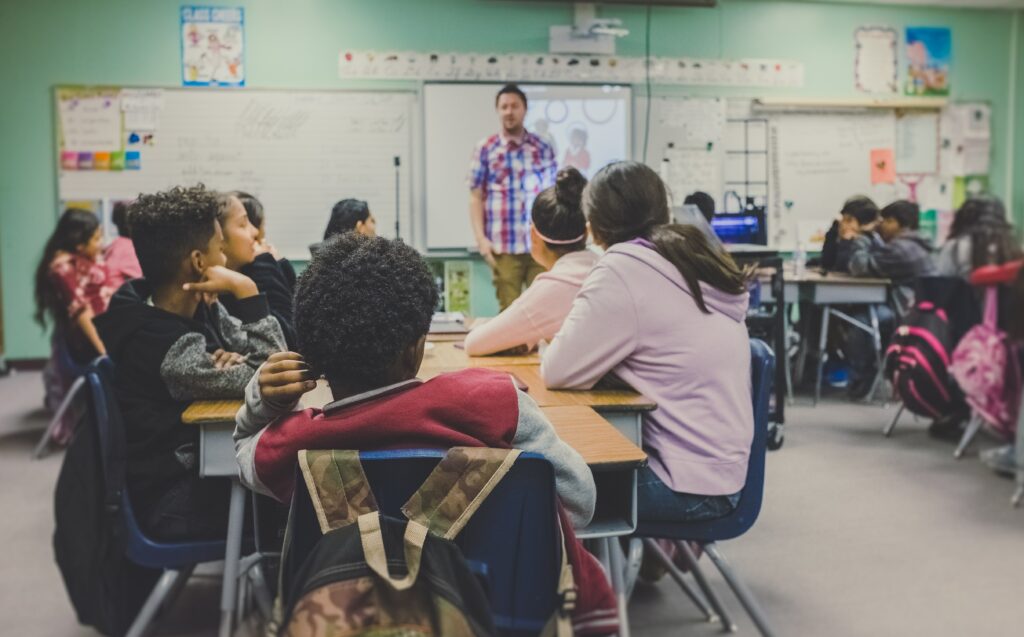
I had not heard of flip-grid before, but it seems like a friendly user platform and it seems that students enjoy using it, so I have saved it to use in the future. Joanna made seem easy to introduce technology in the classroom, but I guess, she spent time planning, learning, and implementing these platforms before introducing them into her classroom, once she did it, it seems to me that all her hard work was worth it.
Additionally, she talked about the importance to get to know your students, create connections, visual schedules, and routines. By doing these, teachers create a healthy learning environment.
The only downsides I could think of are not having enough equipment for all the students and/or having to pay a monthly subscription for the apps or websites needed to host your class material. And of course, privacy and security issues while using some platforms.
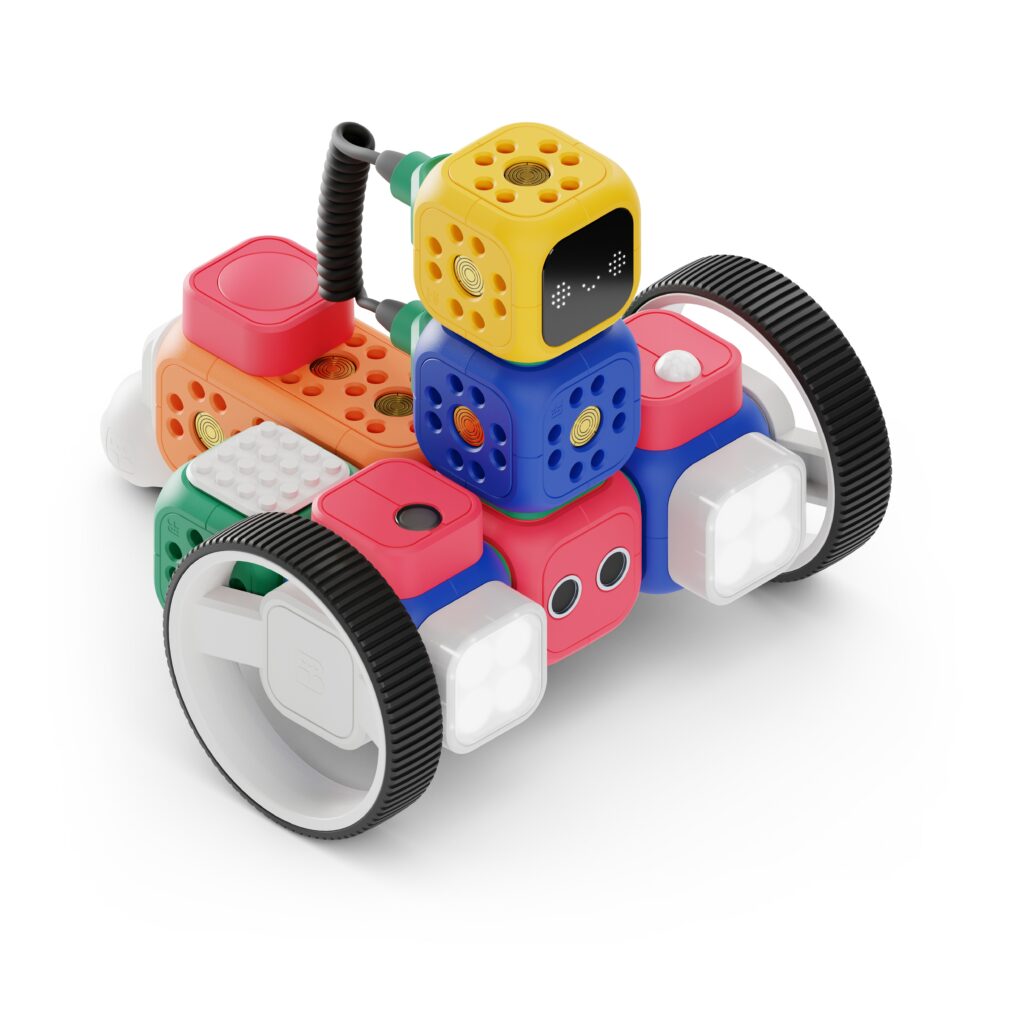
In the second part of the class, we learnt about how to create science journals such as fresh grade and Arduino science journal. It is great to know these platforms, especially Arduino which to me was interesting for all features it provides which certainly can improve and create engaging science lessons.
Incorporating science journals in the classroom creates opportunities for hands-on learning and exploration. Technology in the classroom can help transfer concepts into real and tangible scenarios.
Inspired by Joanna and using one of Tara’s mood scales, how are you feeling today?
